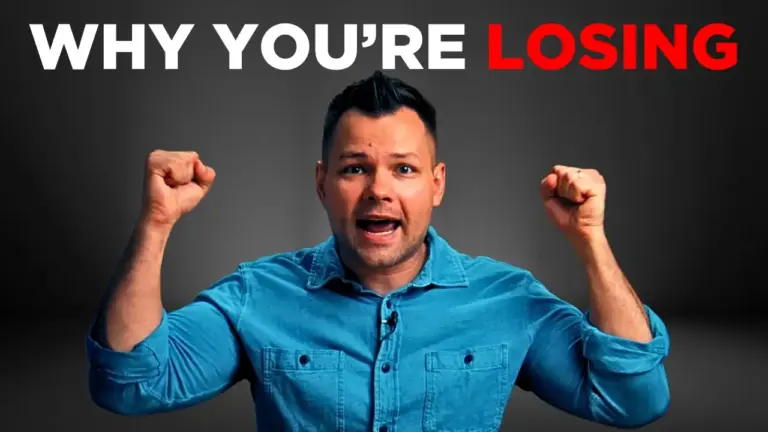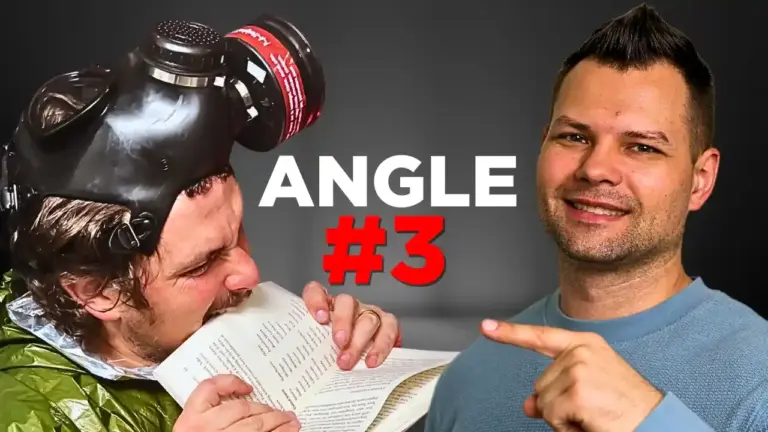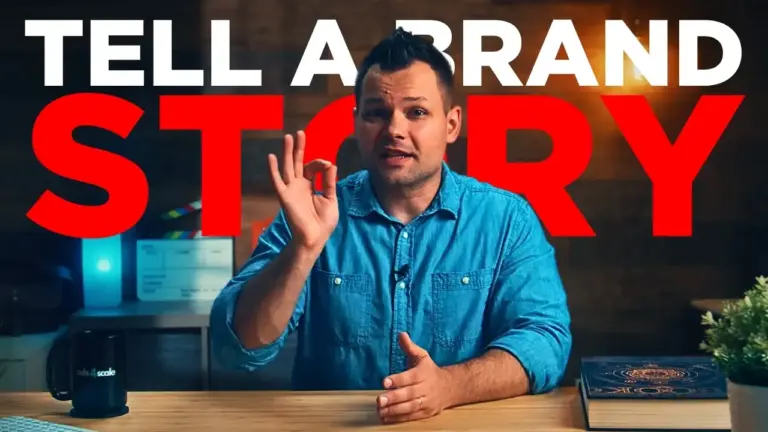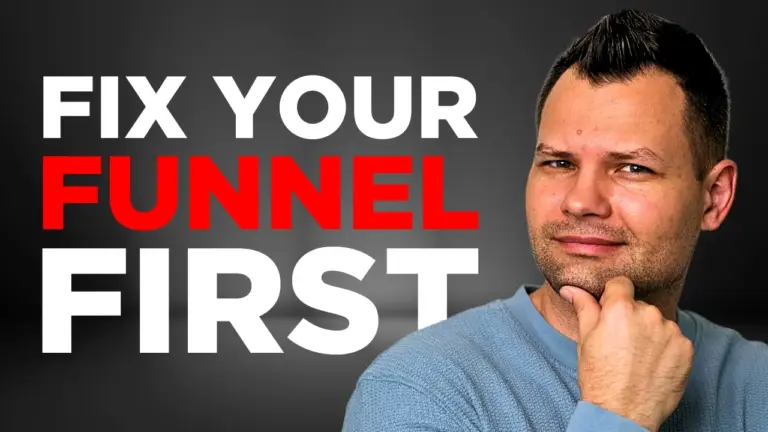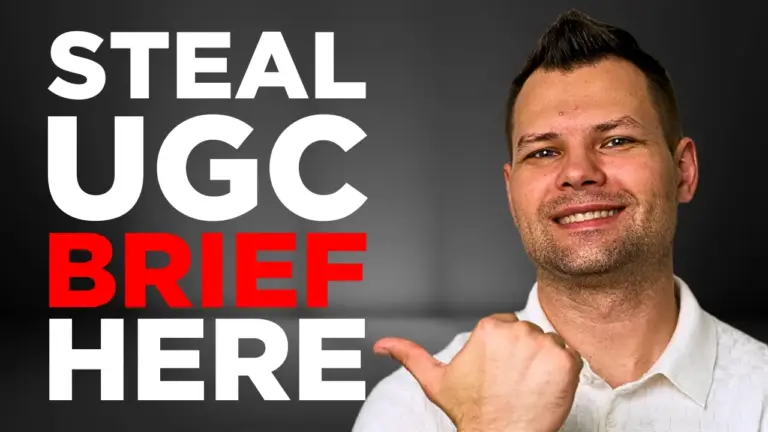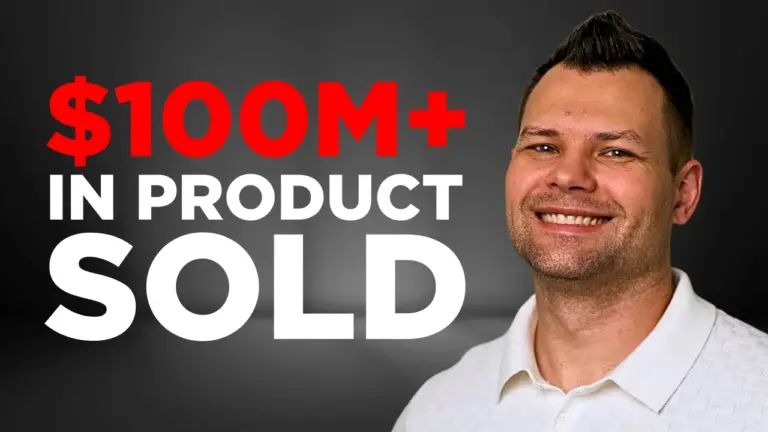Introduction
Do you ever wonder why some products seem exactly the same, but one of them can sell for way more money? It’s kind of strange, right?
Think about it. Two handbags. Both are made of leather. Both hold a phone, lipstick, and keys. But one bag sells for $100, and the other one? It sells for $100,000 at an auction. Crazy, huh? So, what’s the secret? It’s not really about the bag itself. It’s about the story people tell themselves about it. If you can’t seem to find a way to compete against cheaper products out of China – this article is for you.
In the past seven years, I’ve guided over 200 DTC brands to more than 100 million dollars in sales with stronger perceived value, using tailored video-marketing strategies. And what I want to talk to you about today is branding.
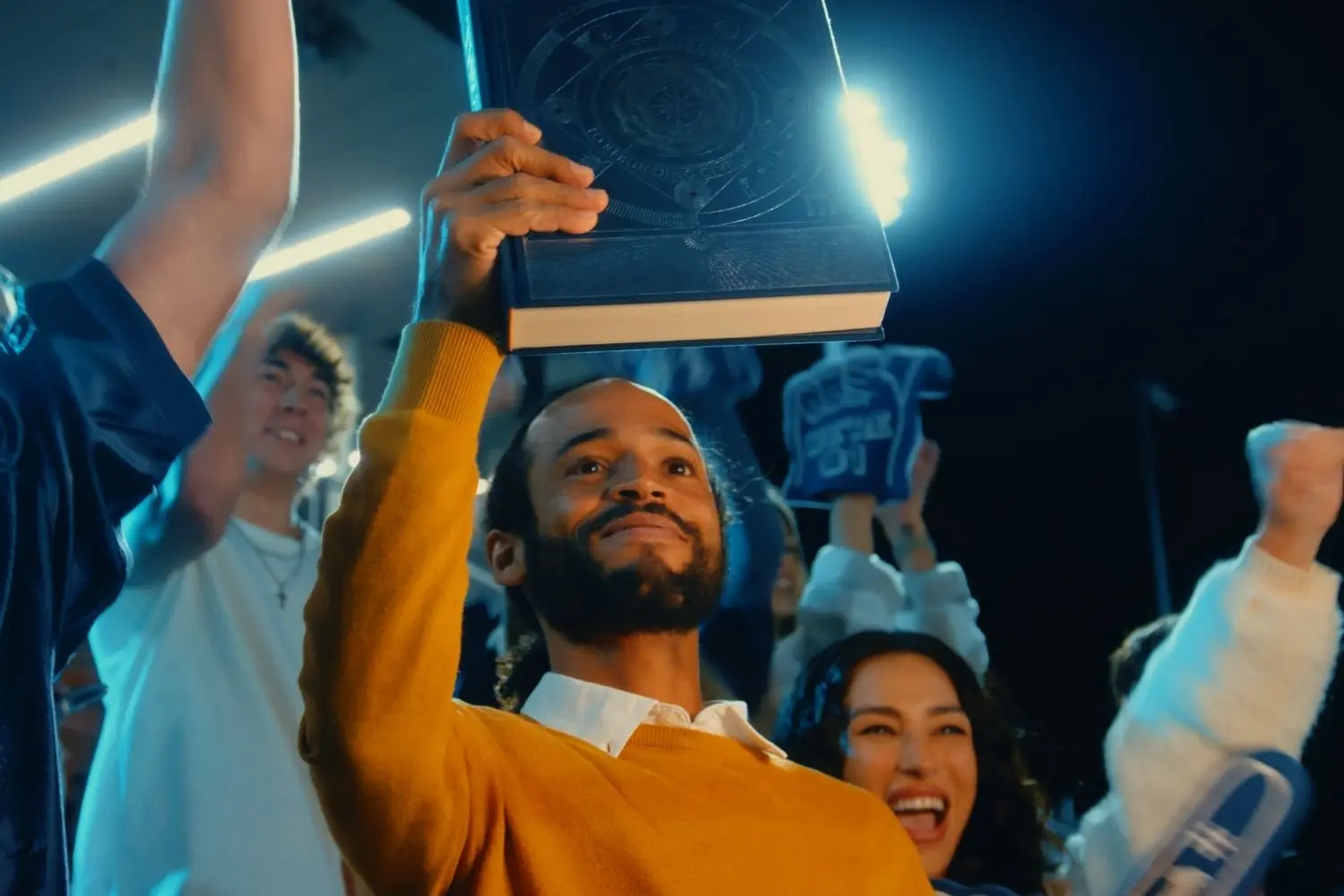
Branding is all about storytelling
If you run a direct to consumer brand, you might feel stuck. You have a good product. Maybe even an original invention. But if you don’t have a compelling story that resonates with your audience, you may be competing on price alone, and you’re stuck in a race to the bottom.
Trust me, I know exactly what it feels like. 9 years ago my wife and I ran a private label brand, specializing in baby products. We mainly sold on Amazon, during the good ol’ days, when it felt like a wild west. I had to learn a lot about branding and how to stand out from the competition. For example, I learned that color differentiation wasn’t enough to compete, and definitely not enough to command the higher price.
We lost $2,000 on our first order of diaper caddies, because people just weren’t buying them. We discounted some below the breakeven point, but most of them we gave away. I hate losing. I mean, who doesn’t? I realized I was missing something. But, let’s take a step back for a second. Ever heard of something called the Kintsugi philosophy? It started hundreds of years ago in Japan. People had beautiful ceramic bowls and cups that would sometimes break.
Instead of throwing them away, they started fixing these broken pieces with gold. The cracks weren’t hidden, they were highlighted. And guess what? These repaired bowls became even more valuable than before. Why? Because now they had a story. Imagine that one of the cracks might have been a result from an artillery barrage in a war, and another one, from great grandma dropping it – when she received the news that her husband perished.
See, the object itself doesn’t mean much. A bowl is just a bowl. A cup is just a cup. But when people see meaning behind it, when they connect events, emotions, and experiences, that object becomes special. It becomes something they want to keep, cherish, and even pay more for. Or, let’s say you’re trying to sell microphones. A microphone by itself is pretty basic, right? Just a piece of metal with a foam top. Nothing special about it. But what if I told you this microphone has a story?
What if I told you Elvis Presley once used a microphone just like this? Just imagine: Elvis was performing at a concert, and suddenly, his go-to mic failed. So his sound engineer improvised. He grabbed another mic, made some quick adjustments, and saved the show. This exact moment inspired Elvis’s friend to start a company, obsessed with capturing perfect sound. Now, that mic isn’t just metal and foam. It has history. It has energy. It has a legacy. And suddenly, you’re not just buying a microphone – you’re buying a piece of music history. You’re buying status, identity, and emotional connection.
That’s what branding is all about. Branding isn’t just logos or catchy slogans. Branding is about the meaning you give your products and how well you share that meaning with your customers. If people can see your product through your eyes, if they can feel the emotions and understand the story – they’ll pay more. They’ll stick around longer. They’ll tell their friends about you.

Why crafting a brand story is so important for brands
Think about your favorite products. Why do you choose certain brands? It’s usually not just about function. It’s because of the feeling they give you. Maybe they make you feel special or successful. Maybe they remind you of someone you love. Maybe they even help you express who you are.
Porsche changed my car driving perception. I used to think: I only need 4 wheels to get from point A to point B. I evaluated cars based on their dependability and some range of mid-tier features. In other words, I didn’t see a point in paying a premium for something else. That was before I experienced Porsche. I had a moment of realization: It’s not just about getting from point A to point B – but about how you’re getting there. Everything about that car feels and looks premium: body style, driving experience, the roar of an 8-cylinder engine.
And when I look at the Porsche crest on a steering wheel, I feel like I’m a part of a legacy: all the racing victories and wonder of engineering. It’s a great feeling. Way beyond the utilitarian purpose of having a car that just drives you to a grocery store, right?
Here’s another example. You might know someone who’s really good at telling stories. You know, those people who can talk about anything – like food – and suddenly everyone feels hungry?
Great branding is like that. You can take something ordinary and make it feel extraordinary, just by sharing a story that people care about. But there’s a catch. A brand only matters if people understand and embrace its story. Picture giving Paul Newman’s personal Rolex watch to someone who’s spent their whole life in an off-grid mountain village, far from ads, status cues, and luxury boutiques. You explain that this watch is “an heirloom” and all that, but the words wouldn’t carry any meaning for that person, because there’s no shared reference point and no emotional context. To that person, it’s just a watch. Your brand is powerful only when the audience knows the story and finds value in it.
This is why branding is so important for DTC companies. Without branding, you’re competing only on price. But once you build a story around your products, price isn’t the only thing that matters. Suddenly, your customers are willing to pay for meaning, for identity, for that emotional connection.
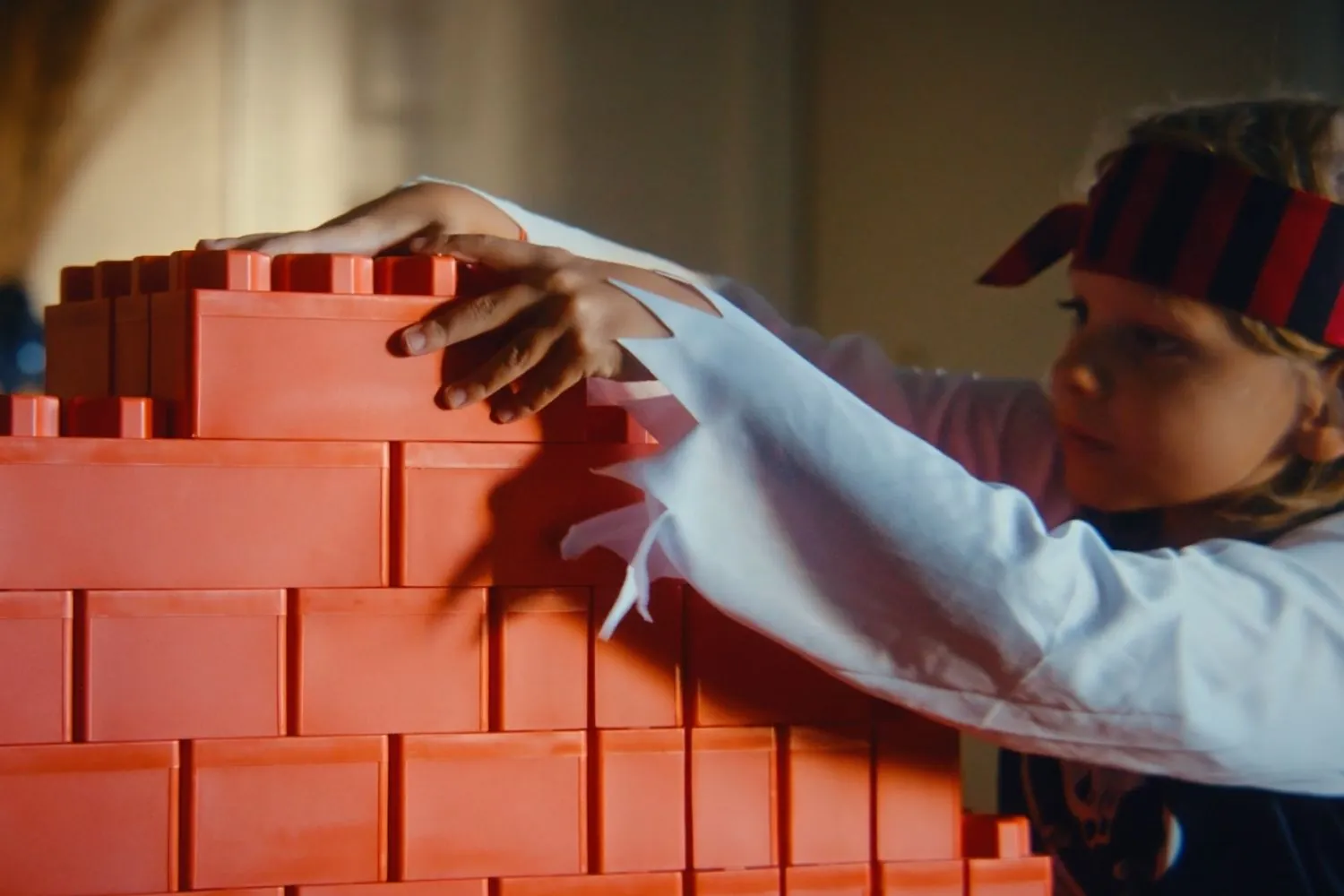
How brand story videos evevate brands
And of course one of the best ways to tell your brand story to your audience is through brand story videos. It is the fastest and the most compelling way to communicate the value of your product and brand with people. In fact, many of the brands we worked with, were able to command a higher price for their products, because story-driven videos we made for them, raised the perceived brand value in the eyes of their customers.
There were many other ecom businesses, whom we worked with in the beginning of our agency, that asked for only cheap utilitarian content to explain product features. Their business model was: buy here today for less – sell there tomorrow for more. Ask me – how many of them left still doing business today? But before you’ll get to video production, you need to find your story first. Think about what makes your product unique. What struggles did you overcome to create it? Why did you start your business in the first place? What values matter to you?
Maybe you care about sustainability, or maybe your brand represents freedom or creativity? Perhaps you created a unique solution to a common problem, due to your personal struggles? Whatever your story is, that’s the heart of your brand.
Next, share that story everywhere. Put it in your video ads, your Instagram reels and your product images. Show your customers the meaning behind your product. Help them feel connected, inspired, and excited. Don’t make a mistake of only making utilitarian product videos for your audience, hoping to convert. Because at the end of the day, branding isn’t about selling products. It’s about connecting with people. And once you make that connection, price won’t be the reason customers choose you. It’ll be your story. It’ll be your brand.
Conclusion
If you don’t build your brand story, your customers will build their own, or worse, they’ll think of your product as “just another thing” and they can definitely find it cheaper somewhere else. Don’t let that happen. Make your brand meaningful and valuable.
That’s how you escape the race to the bottom. That’s how you build a lasting business. And that’s how you turn your direct to consumer brand from a simple product into something people truly love and value.
